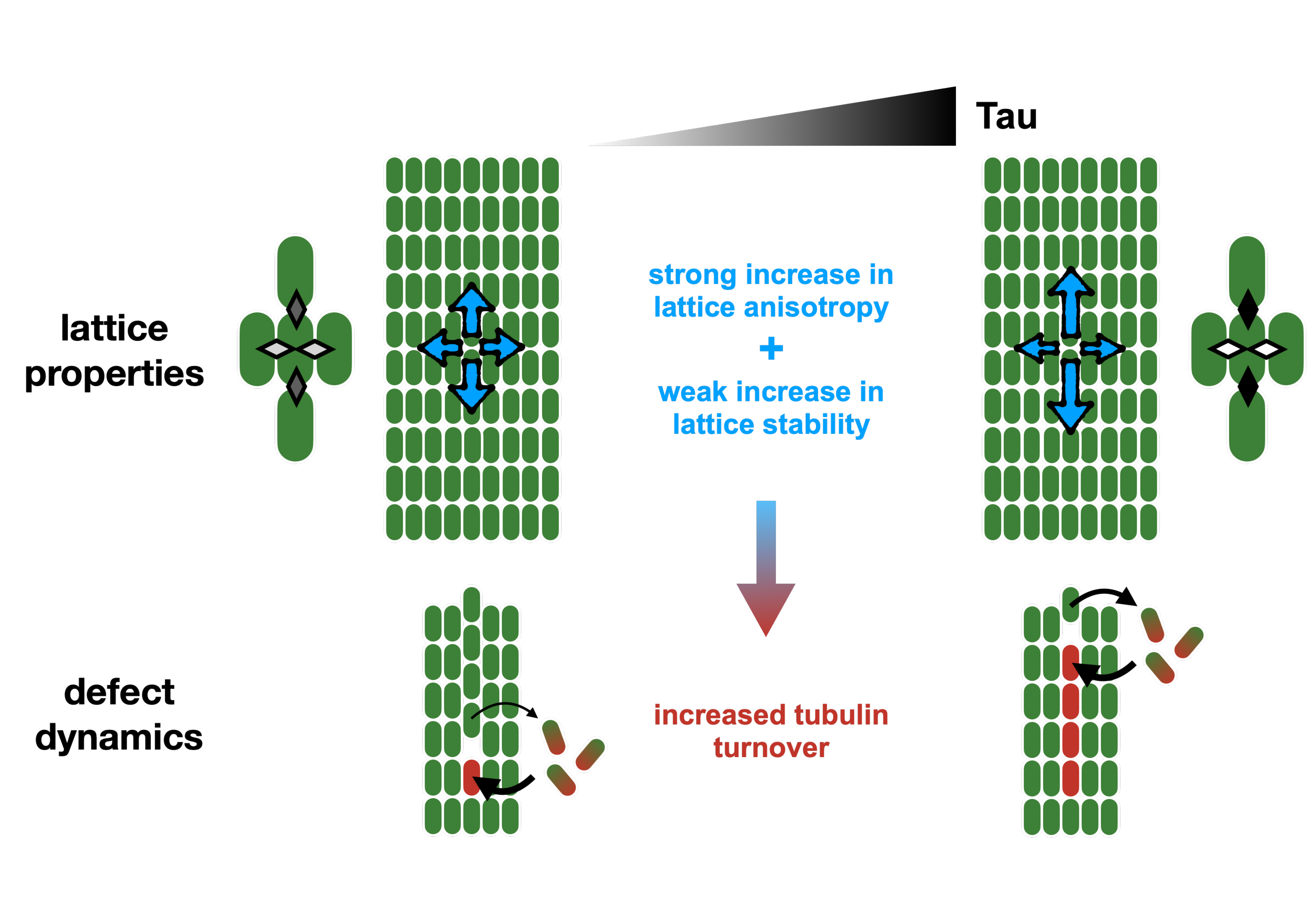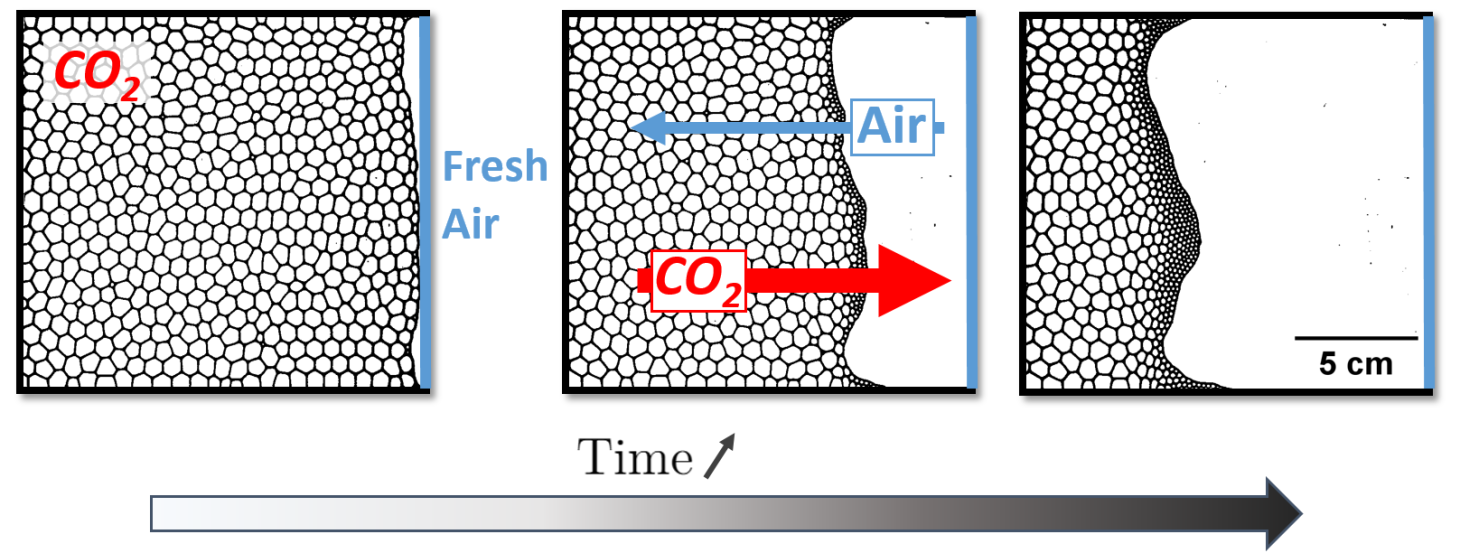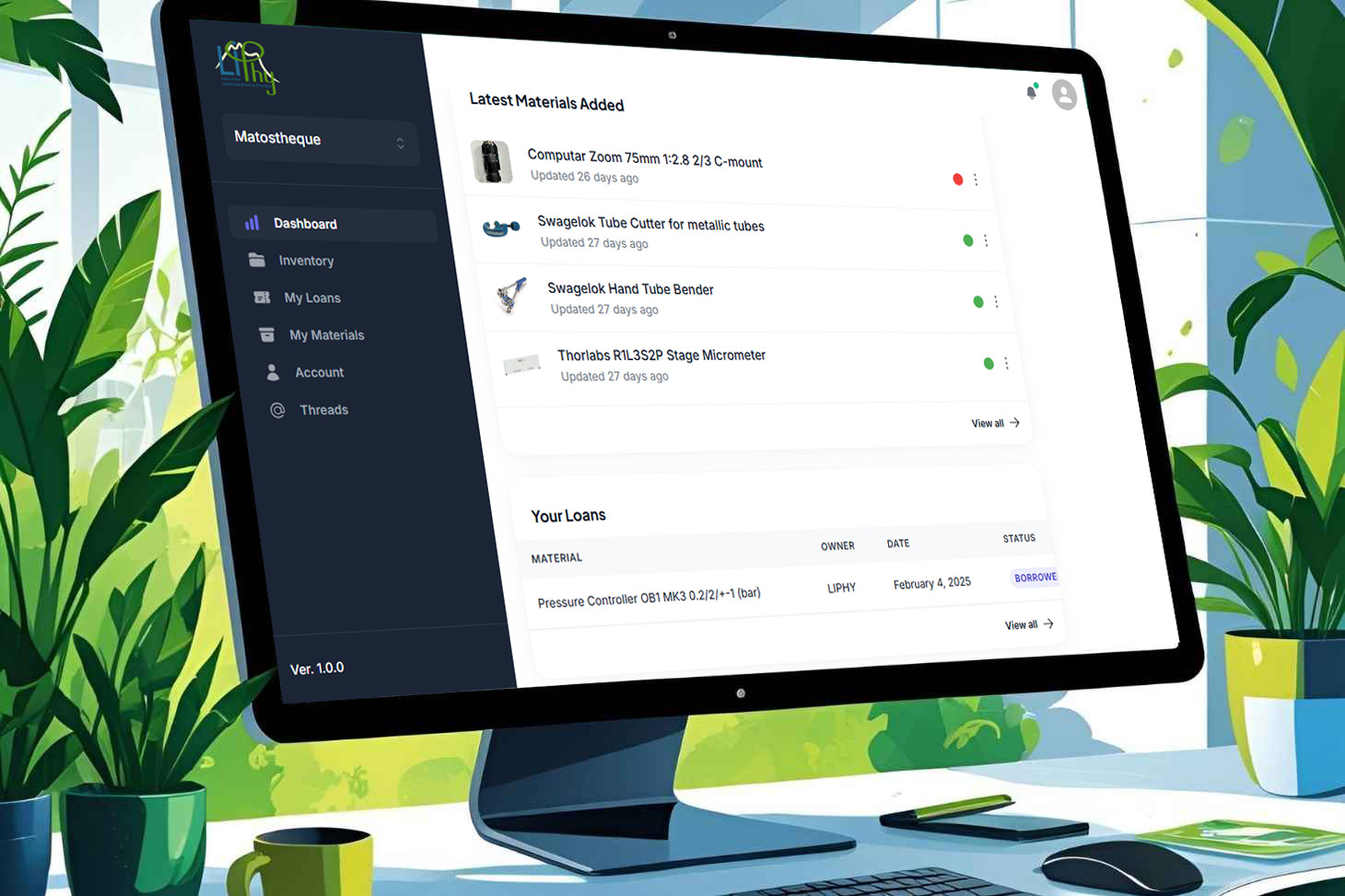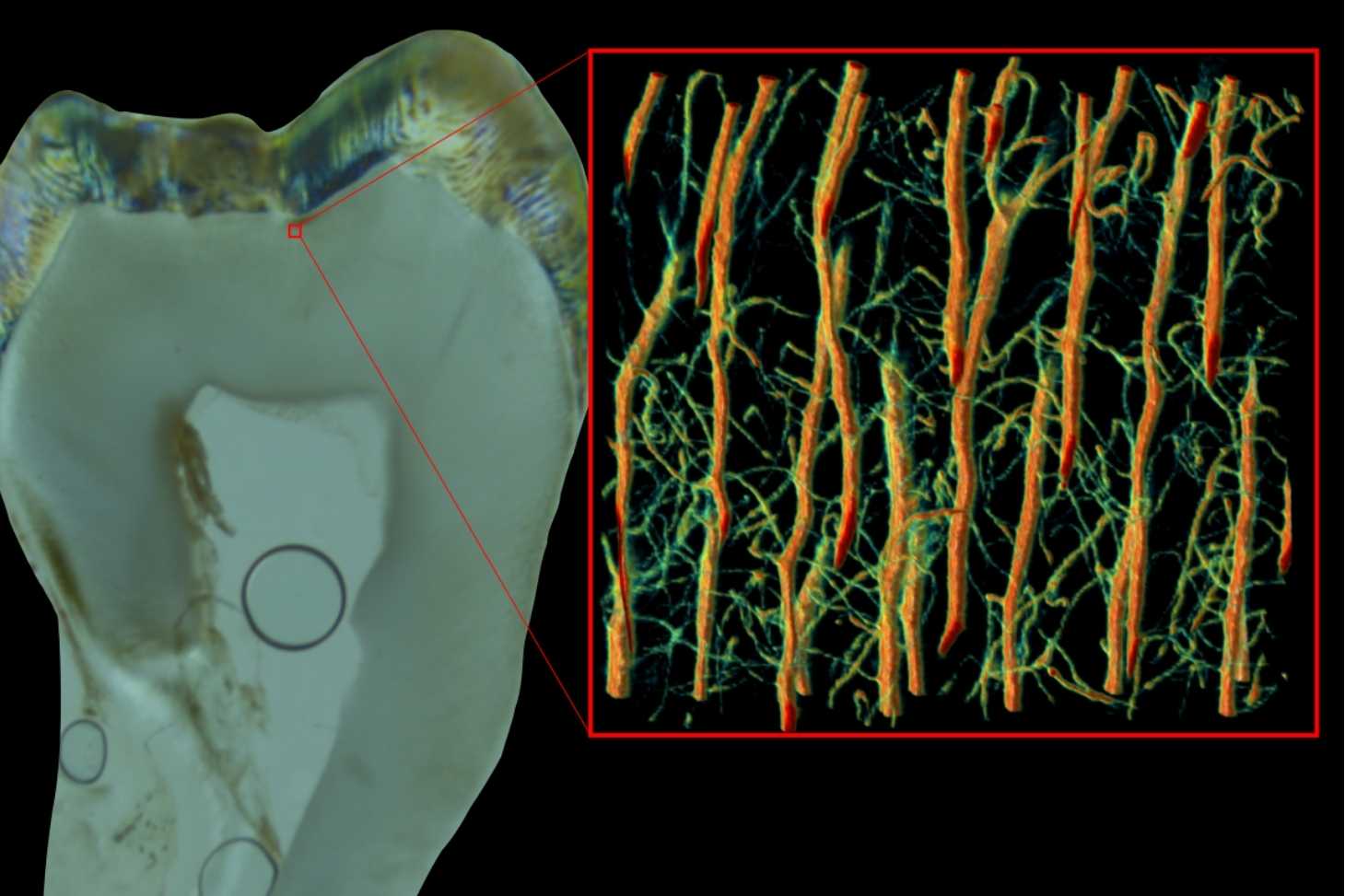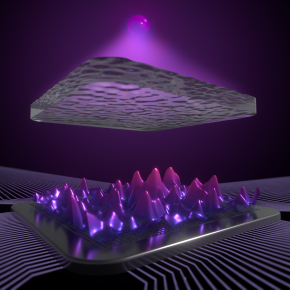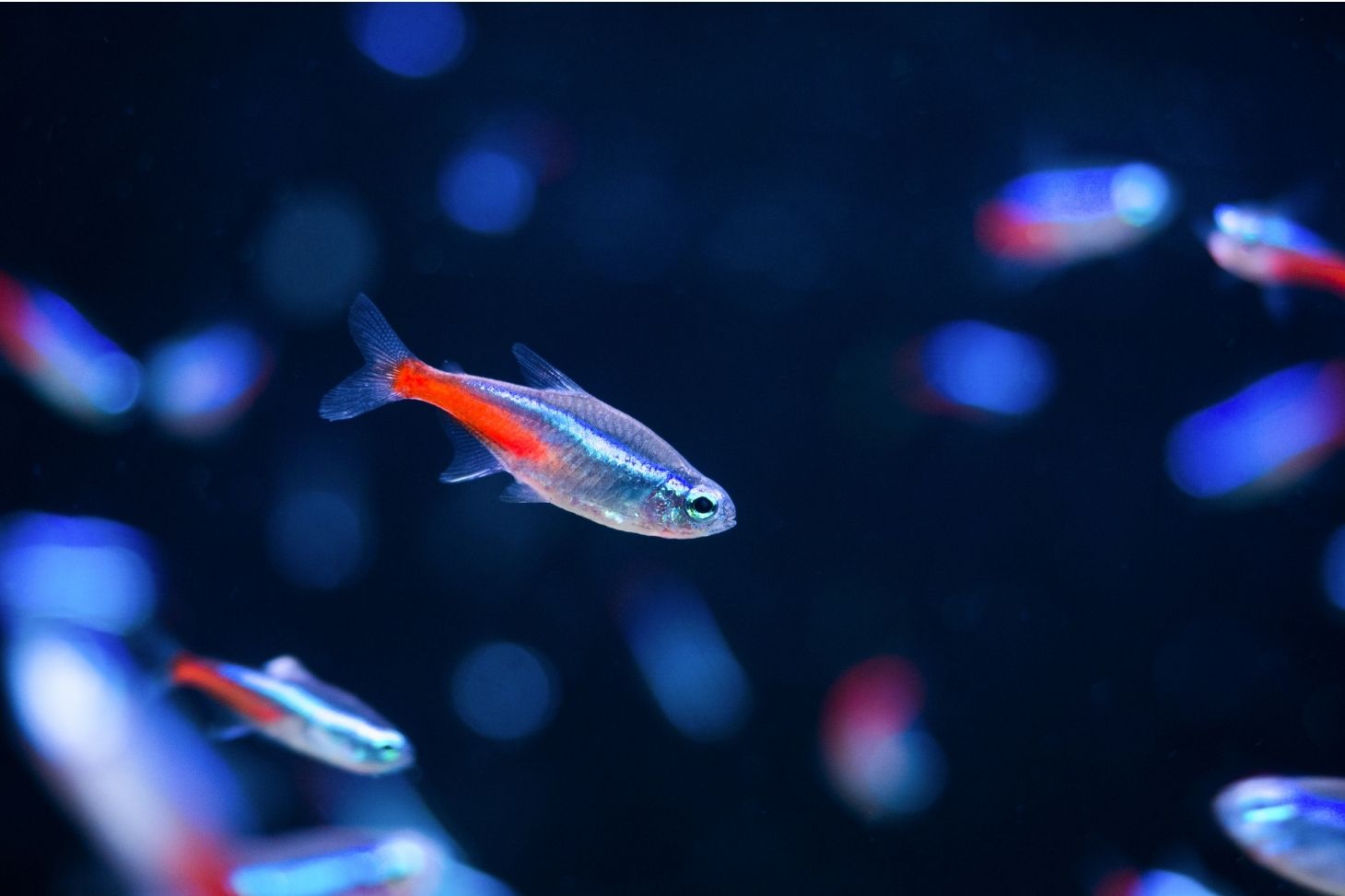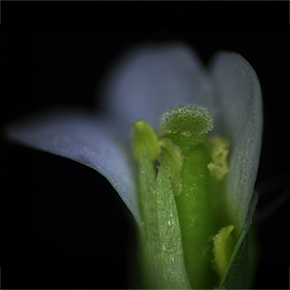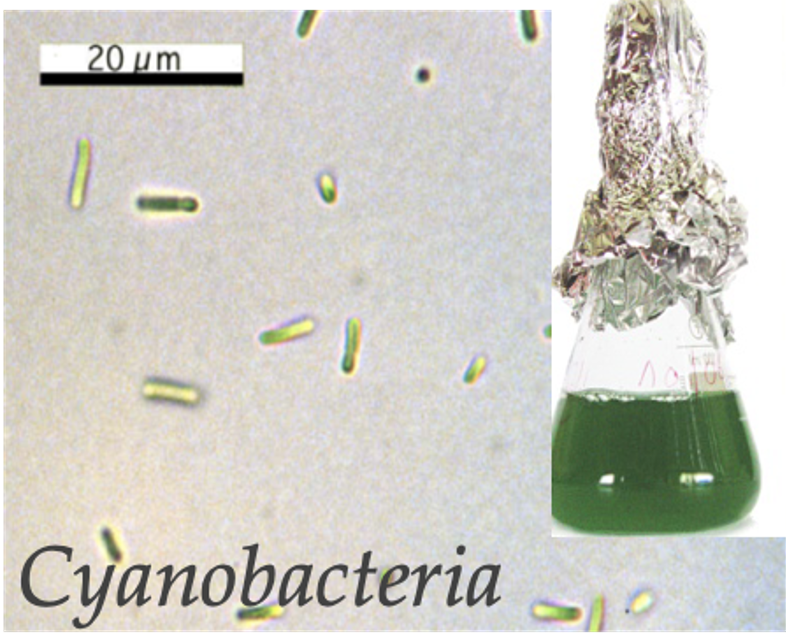Giant mobility of surface-trapped ionic charges revealed by sliding water droplets
A team of researchers from ESPCI Paris (CNRS/PSL/Sorbonne Université) and the Laboratoire Interdisciplinaire de Physique (CNRS/Université Grenoble Alpes) combined high-resolution electrostatic mapping with molecular dynamics simulations to investigate the behavior of these surface-trapped ionic charges. They found that the ionic charges spread across the surface with astonishing mobility. Their two-dimensional diffusion far exceeds that of ions in bulk water, with the limiting factor being the friction between the ionic solvation shell and the solid.
These findings, published in Proceedings of the National Academy of Sciences, reveal the existence of a new state of interfacial ionic matter, which the authors term “ionic puddles.”
For more information, visit:
- the news on the CNRS Physique website,
- the scientific paper in Proceedings of the National Academy of Sciences.
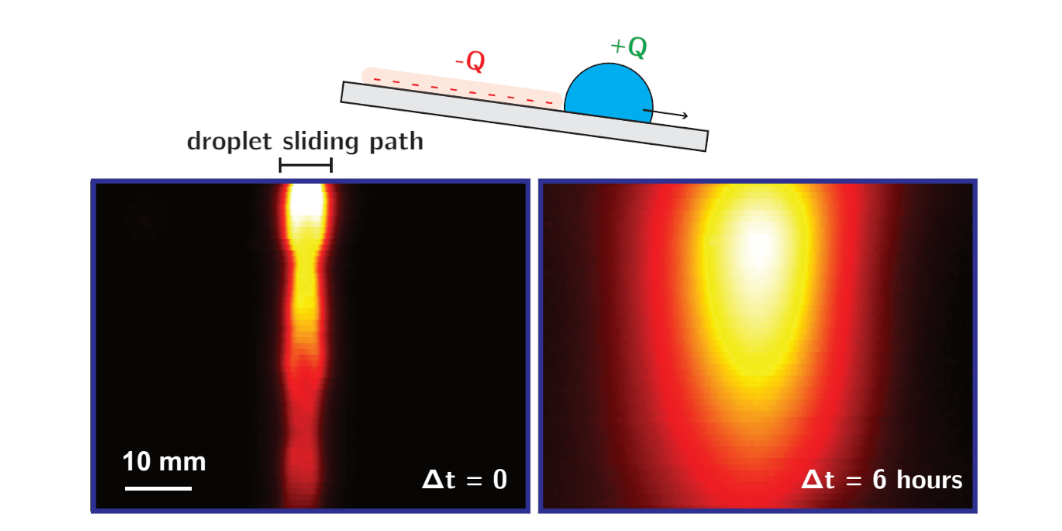
Contact
Simon GRAVELLE
simon.gravelle univ-grenoble-alpes.fr (simon[dot]gravelle[at]univ-grenoble-alpes[dot]fr)
univ-grenoble-alpes.fr (simon[dot]gravelle[at]univ-grenoble-alpes[dot]fr)
Reference
Z. Benrahla, T. Saide, L. Burnaz, E. Verneuil, S. Gravelle, & J. Comtet. Giant mobility of surface-trapped ionic charges following liquid tribocharging. Proc. Natl. Acad. Sci. U.S.A. 122(37), e2505841122 (2025)
